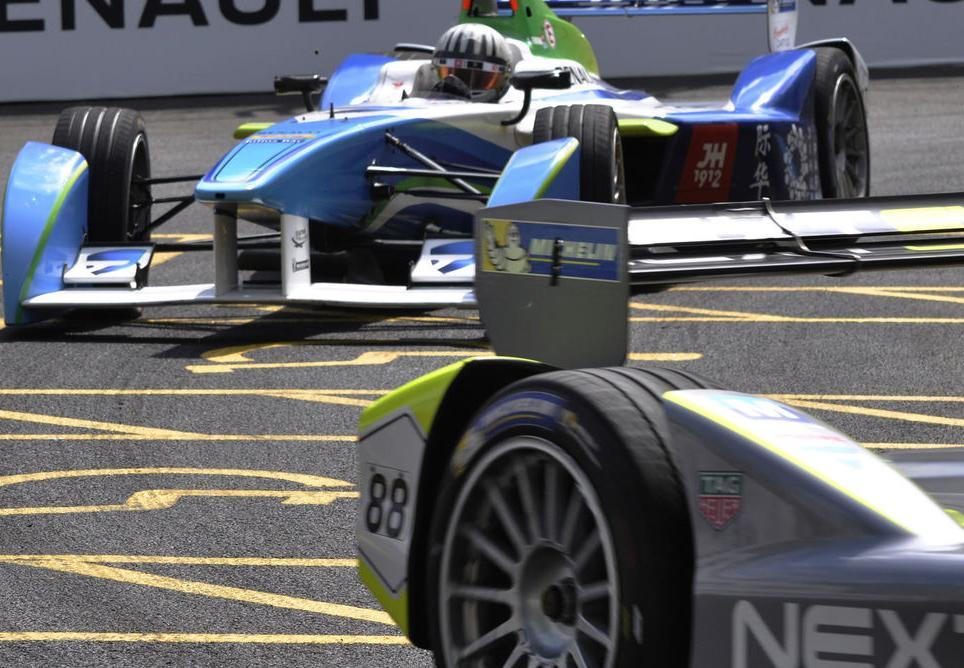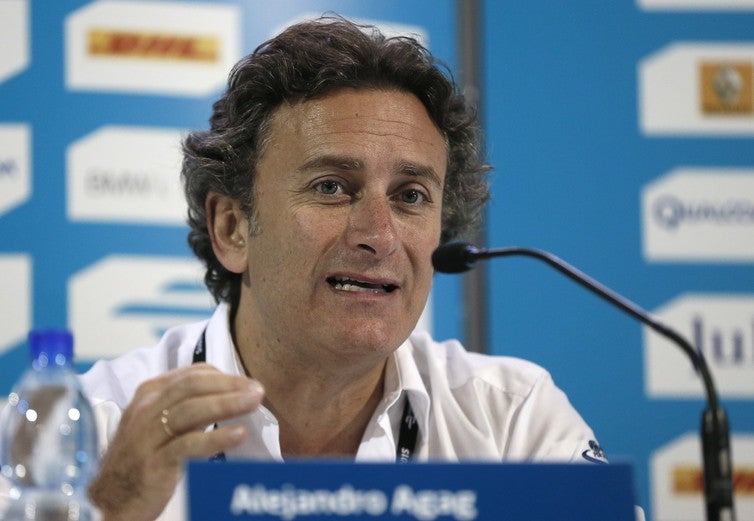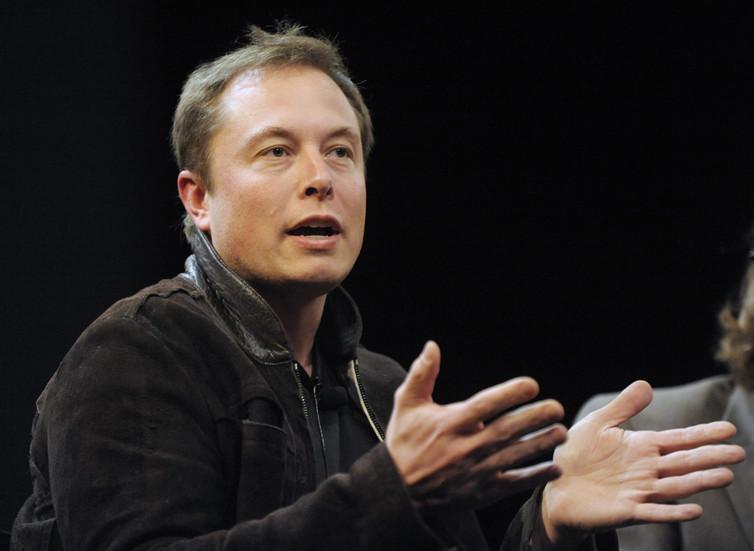How electric car racing could one day challenge the spectacle of Formula One
When manufacturers are chasing sales and more and more customers are plugging in, is the writing on the wall for F1?

Your support helps us to tell the story
From reproductive rights to climate change to Big Tech, The Independent is on the ground when the story is developing. Whether it's investigating the financials of Elon Musk's pro-Trump PAC or producing our latest documentary, 'The A Word', which shines a light on the American women fighting for reproductive rights, we know how important it is to parse out the facts from the messaging.
At such a critical moment in US history, we need reporters on the ground. Your donation allows us to keep sending journalists to speak to both sides of the story.
The Independent is trusted by Americans across the entire political spectrum. And unlike many other quality news outlets, we choose not to lock Americans out of our reporting and analysis with paywalls. We believe quality journalism should be available to everyone, paid for by those who can afford it.
Your support makes all the difference.Motor racing’s most glamorous event, the Formula One Grand Prix in the glittering tax haven of Monaco is just around the corner. It is 67 years since drivers first took on the famous, twisty roads through the principality on the south coast of France, but is age starting to creep up on the F1 scene?
Since the earliest Olympic Games, racing has been used to advance wheeled transport. It was in the Tethrippon and Keles events in Ancient Greece that chariots were developed and the numbers of horses, foals and mules adjusted to provide optimum power and handling. Centuries later, in 1899, the French Renault brothers understood that city-to-city racing could help harness the very different horsepower of their new combustion-engined cars.
Today we use many F1 technologies on the road. Ferrari’s semi-automatic gearbox and the “flappy paddle” transmissions are now standard in many road cars. Shell and Total produced friction-reducing fuel additives, and tyres made by Goodyear, Michelin, Bridgestone and Pirelli have all benefited from F1 research. Williams Advanced Engineering created the technology behind the Kinetic Energy Recovery System (KERS) to be found in Volvo’s C30 Electric road car, and the BMW i3 electric city car is the first to be constructed from carbon fibre-reinforced plastic, a technique pioneered in F1 by McLaren.
But while F1 has driven innovation that has made it to the car showroom, there is a risk it may fall behind by failing to embrace the key evolving trend in road car technologies. Could Formula E (FE), the fully electric vehicle street racing competition, end up being more relevant to the world’s major motor manufacturers?

Urban planning
This year, FE had its own race in Monaco, a fortnight before F1 arrived. According to Jean Todt, President of the Federation Internationale de L’Automobile (FIA), FE is the perfect showcase for new electric vehicle technologies; a way to put the spotlight on clean engine technology, especially in cities and towns.
It is in those urban settings that pollution is a major problem. Oslo banned diesel road cars for two days to combat rising air pollution, while the Norwegian government intends to ban the sale of fossil fuel-based cars by 2025.
Others have similar intentions. India is considering a draft report recommending that all vehicles should be electric by 2032. China, where pollution in major cities can be devastating, is the largest electric vehicle market in the world. It’s most popular electric car brand BYD Auto sold 507,000 cars last year and GAC Motor, another of China’s large motor manufacturers, intends to build 200,000 vehicles per year. Unsurprisingly, Alejandro Agag, founder and CEO of FE wants to expand the championship into China.
Agag recognised that the automobile industry’s focus on electric vehicles offered a different direction to most motor sports. He would appear to be right. FE already has an impressive line-up of contributing manufacturers, many of which have been familiar names in F1.

Brand awareness
FE cars currently use batteries supplied by Williams Advanced Engineering, a subsidiary of the Williams F1 Team. The Renault e.dams team has allowed the brand to demonstrate its FE pedigree with the all-electric Trezor concept car, which was one of the stars of the 2016 Paris Motor Show. McLaren Applied Technologies will supply all the championship’s new batteries from 2018. Jaguar, which was formerly in F1, has backed FE’s Panasonic Jaguar Racing team to showcase its future range of electric cars.
Other manufacturers, including current world F1 championship winning team Mercedes-Benz, are joining FE soon and even Ferrari, a cornerstone of F1 since the World Championship started, is said to be interested.
BMW, which used to have a prominent position in F1, attained “Official Vehicle Partner” status by supplying electric utility vehicles for FE, including safety cars, medical and support cars and the official rescue car. BMW will get further involved on track in the actual racing when it joins the FE grid in 2018 with the Andretti Team.

In 2017, Audi, which could have gone to F1, completely realigned its motor sport strategy after being dominant in sports car racing. It became involved in FE with a factory-backed commitment to the Abt Schaeffler Audi Sport team. This fits Audi’s business strategy to produce new electric vehicles, particularly aimed at the Chinese market.
You might wonder why headline-grabbing US car maker Tesla hasn’t dipped its toe into FE. Well, Elon Musk’s firm has seen its Tesla Model S version P85+ chosen as the base car for the world’s first Electric GT Championship, which starts in a few months time.
So is F1 missing out? Certainly not financially. At the moment, the budgets involved in F1 remain much larger, but that should not be taken for granted if motor manufacturers continue to jump ship. The point has certainly been made that FE is attracting major companies for whom electric technology is becoming increasingly relevant, to the detriment of both F1 and the Indycar Series.
It does seem unlikely that Formula E, as it stands, can truly compete with the decades of history and glamour associated with the combustion-engine machismo of F1. But in 2020, the FIA’s F1 engine rules are due to change and history shows that to justify the substantial investment, this will probably have to be for at least five seasons. The current 1.6l V6 600 horsepower hybrid turbo petrol engines, that gained an added 160 horsepower from their electrical recovery systems, will be consigned to the scrap heap.
Will the FIA choose another hybrid engine configuration for F1 or could it too go in a more electric direction? Perhaps a path might even be laid for a fully electric F1 in later years. In any case, the FIA’s choice will be vital for the future of both F1 and FE. It will also be a strong signal of the pace of change which will dictate the types of cars we will all end up driving – to the shops, in China, Norway and beyond.
Bruce Grant-Braham is a lecturer in sport marketing specialising in motorsport at Bournemouth University. This article was originally published on The Conversation (www.conversation.com)
Join our commenting forum
Join thought-provoking conversations, follow other Independent readers and see their replies
0Comments